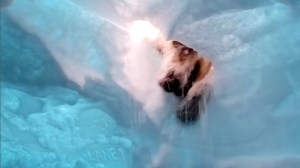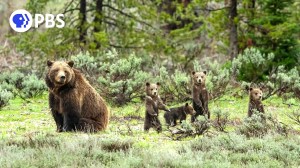British illusionist and astronomer Nevil Maskelyne of The British Astronomical Association traveled to Newberry, North Carolina in order to witness the total solar eclipse that took place on May 28, 1900. Maskelyne brought along a telescopic adapter for his camera to capture the incredible sight of the moon obscuring the sun as the eclipse cut a swath through the American South, from Louisiana to Virginia. This is the oldest known footage of a solar eclipse.
The magic of a real solar eclipse filmed on 28 May, 1900 by a famous magician, Nevil Maskelyne, while on an expedition by The British Astronomical Association to North Carolina. …was not an easy feat to film. Maskelyne had to make a special telescopic adapter for his camera to capture the event.
The original film is Maskelyne’s only surviving documentation. The original is held at The Royal Astronomical Society and it has been remastered in high-definition for public viewing.
This is the only film by Maskelyne that we know to have survived. The original film fragment held in The Royal Astronomical Society’s archive has been painstakingly scanned and restored in 4K by conservation experts at the BFI National Archive, who have reassembled and retimed the film frame by frame.
Scientists had chosen this location due to the weather, the elevation, and its duration of totality.
…as the eclipse tracked eastward, the duration of totality increased from about 72 seconds near New Orleans to about 100 seconds near Norfolk. This information, combined with the cloudiness data and a desire to select a location higher in elevation, led the Weather Bureau scientists to choose Newberry as their vantage point.
via Boing Boing






